Photochemical etching is a subtractive, non-traditional machining process that uses chemical and photographic techniques to design and shape metal workpieces. After developing the design of the image on the workpiece, a strong chemical solution is poured over the workpiece. As a result, the workpiece corrodes selectively and removes all unnecessary material from areas that are not protected, leaving a sharp image or flawless part. Read More…
Great Lakes Engineering is a trend setting manufacturer of surface mount stencils, precision laser cut parts, and photo chemical etched parts. We work with a wide range of materials, including Stainless Steel, Copper, Titanium, Nitinol, Nickel, Kovar and many others.
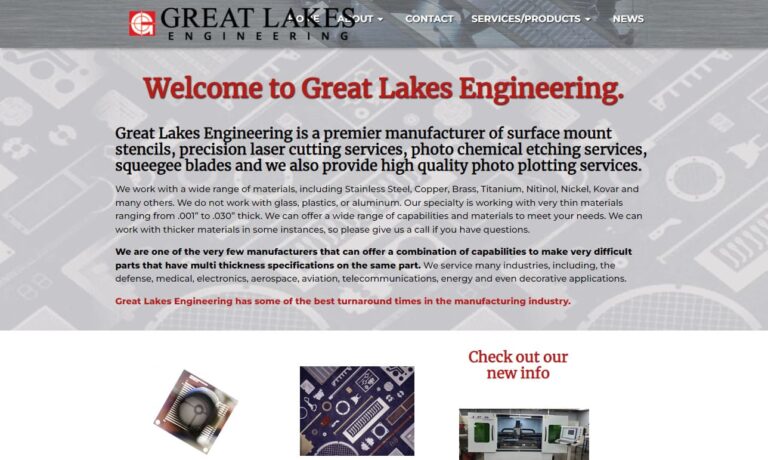
VACCO is the industry leader of Photo Chemical Etching of metal & polyimide components and devices. We specialize in Stainless steel, Titanium, and Copper, but work with a variety of different materials. We have over 60 years of experience in Chem Etching, and we offer Micro Laser Cutting & Welding, and Diffusion & Adhesive Bonding services along with an extensive range of value-added services. ...
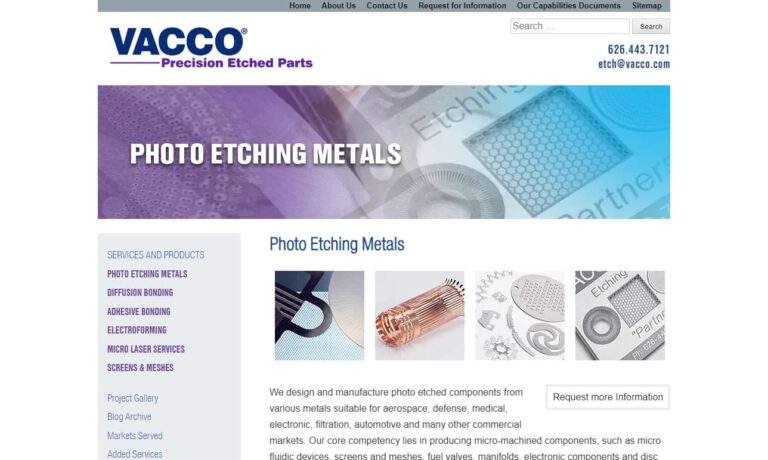
The MET Manufacturing Group, LLC process offers many technical & financial advantages in manufacturing various flat metal components. Try this precision etching, non-mechanical process for competitively priced, burr & stress free sheet metal products, up to 62 mil (.062”) thick. Our photo-chemical machining process is also known as photo-fabrication, photo etching, chemical milling & acid...

Etchit is your high-quality solution for custom-manufactured precision metal parts and components. We use photochemical machining to make products for such industries as aerospace, audio, automotive, computer, circuit board, decorative and fastener. Does your product need photo etching processes?
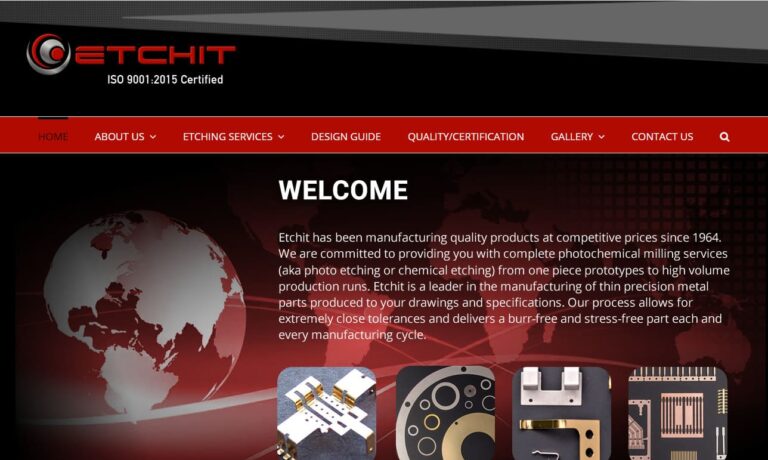
Photochemical machining is the process we use on aluminum (and alloys), brass, copper, inconels, kovar, metal foils (less than .001” thick), metal sheets (up to .125” thick), mild steels, molybdenum, monels, nickel, phosphor bronze, stainless (300 & 400) and others. Trust your metal etching needs to us.
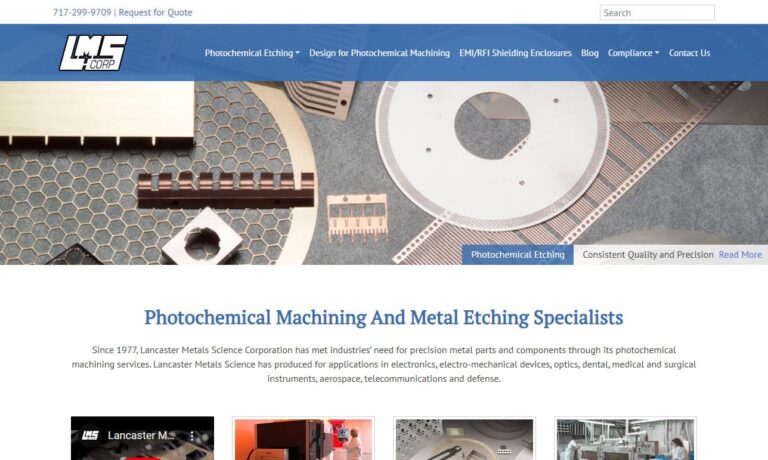
More Photo Etching Companies
What is Photochemical Etching?
The areas that need to be removed or saved are picked up using photographic methods and procedures like photoresist imaging.
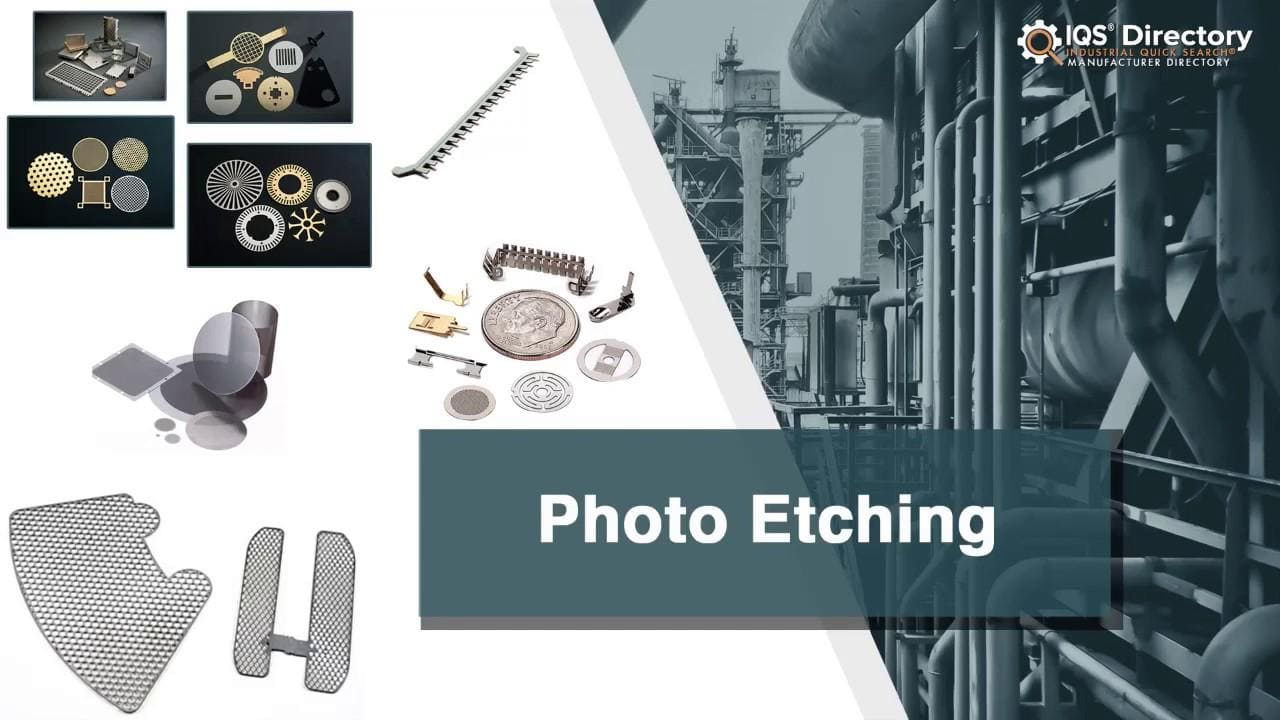
The main advantage of this machining process is that it manufactures and produces precision parts that are impossible to produce by traditional machining methods.
The photo etching process produces thin and flat parts, with the smallest of them about ten microns.
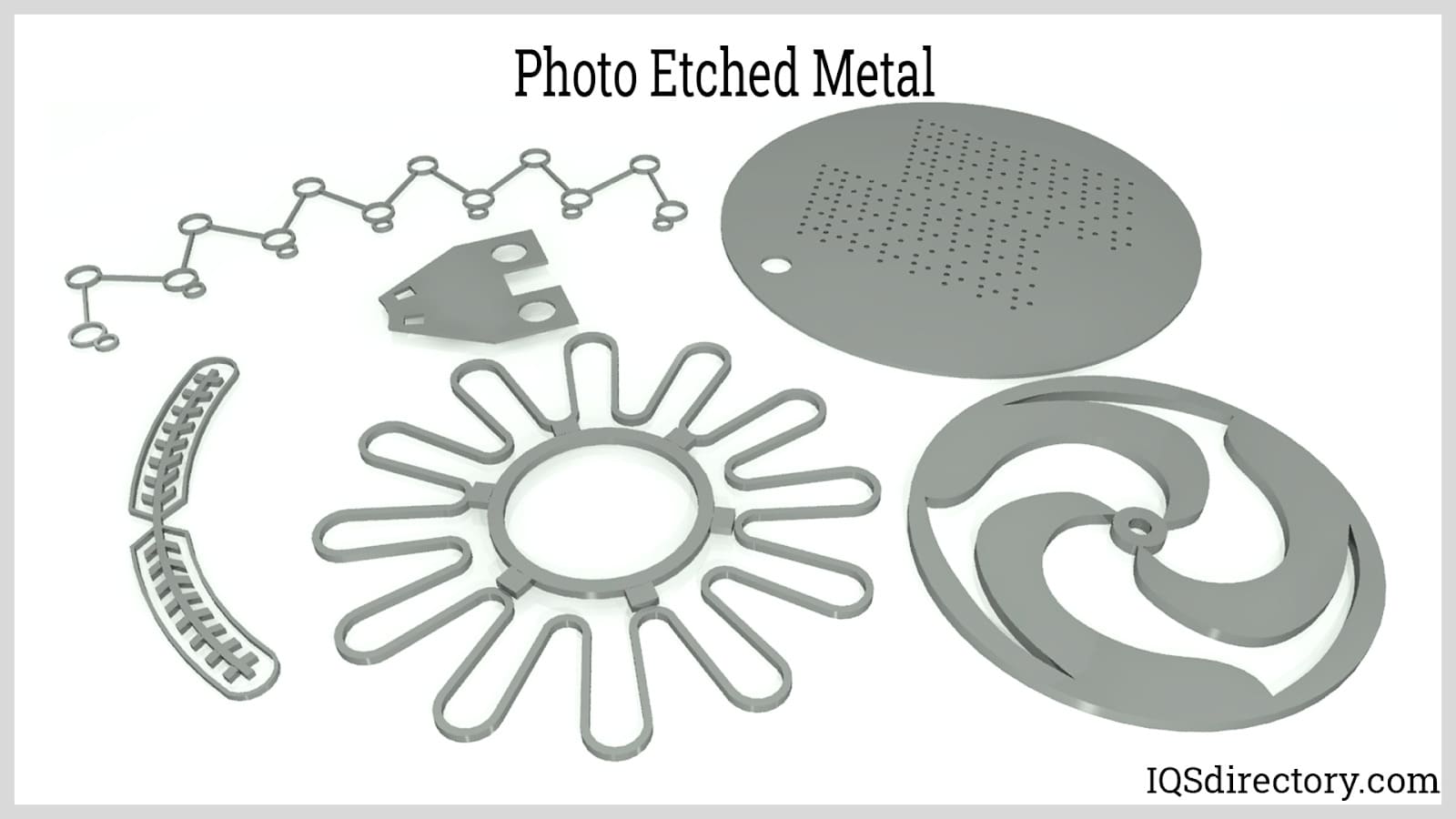
The Photochemical Etching Process
The photochemical etching process makes it possible to etch intricate and highly complex features into a range of different metals.
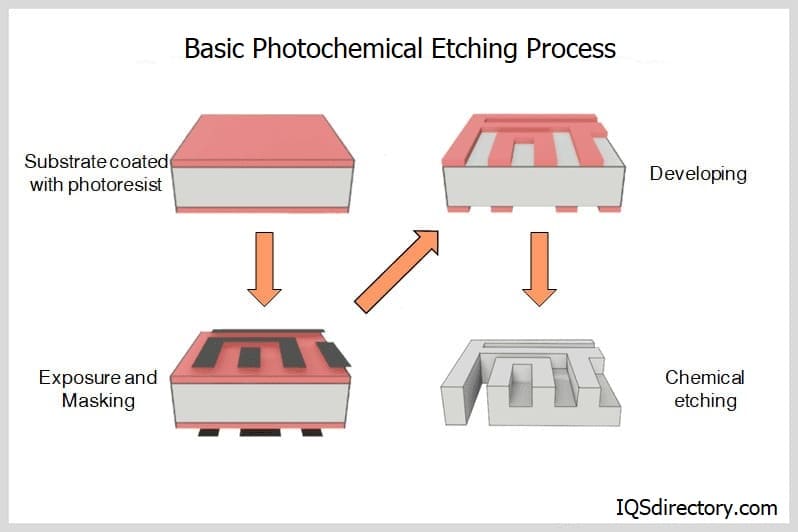
Photo Tool Plotting
The photographic negative of the artwork or profile desired is the photo tool. Engineering design software is normally used to come up with patterns. Then, the design and its parameters are converted into a photo tool before they are printed onto a photographic film. Photo tool dimensions are affected by the following:
Temperature and Humidity Variations
Dimensional variations are possible because of continuous changes in humidity and temperature. Measures taken to control these variations include using thicker polyester films or plotting in a controlled environment. If variations in humidity and temperature cannot be controlled, it is wise to use techniques such as laser direct writing.
Etch Factor
Most of the etchants act isotropically, producing undercuts. An isotropic reaction is considered more prevalent in long etching processes. Longer periods of etchant exposure are needed for deep etches, resulting in more significant undercuts.
Material Preparation
The workpiece undergoes cutting and cleaning prior to the application of photoresist coating. This is done to ensure that any dirt, grease, oil, or rust accumulated on the surface of the metal from its handling and primary processing will not stop the photoresist from adhering. There are two main procedures for cleaning: mechanical and chemical.
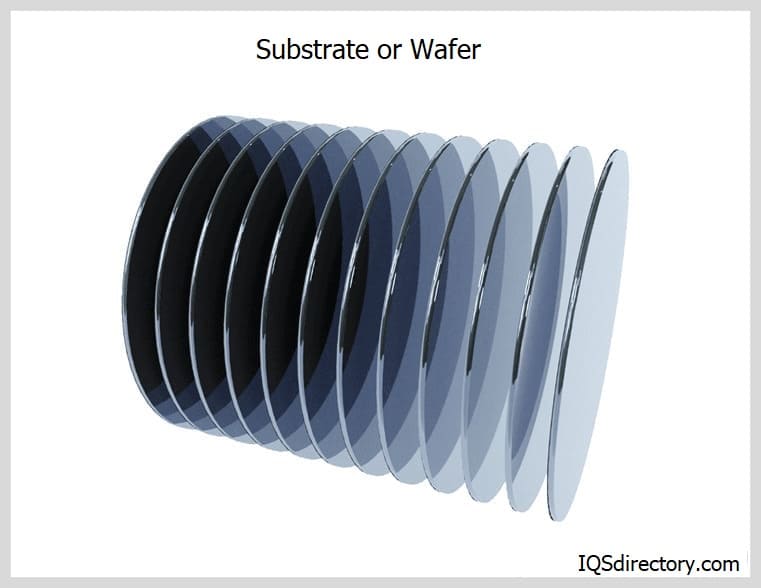
The latter method involves a mild pickling process in which the material is suspended in a solution containing degreasing agents and mild acids. The former method subjects the material to scrubbing and mild degreasing agents. However, chemical cleaning processes are much preferred over mechanical ones because there is less damage caused to the material.
Photoresist Coating
Photoresists are very light organic materials that are deposited on the workpiece surface. They can cope with etching solutions and leave a well-defined image. When the coating is exposed to ultraviolet radiation, it becomes soluble or insoluble to the solvent, depending on the type. Photoresists are classified as positive or negative. Positive photoresists have areas that become soluble to the developer solvent when exposed. On the other hand, negative photoresists, when exposed to ultraviolet light, become chemically resistant to the developer solvent.
Soft Bake
In soft baking, the photoresist is heated or baked to release or vaporize the residual solvents. The process has to be under control since it is associated with a high evaporation rate that causes bubbles to form, creating voids inside the photoresist.
Alignment and Exposure
For multi-layered patterns, it is crucial to ensure the correct alignment of the photo tools. Exposure is a process where the image on the photo tool is brought to the workpiece with a photoresist.
The development of the photoresist follows the above. Then, hard baking is done using nitrogen blow drying and distilled water. The etching process then removes all the unprotected regions of the substrate or wafer by using chemical agents.
Photoresist Removal and Stripping
When the substrate structure required is made, the photoresist is removed. It has to be done very quickly without causing any damage. Various methods can be used to remove the photoresist material, such as solvents or oxygen combustion.
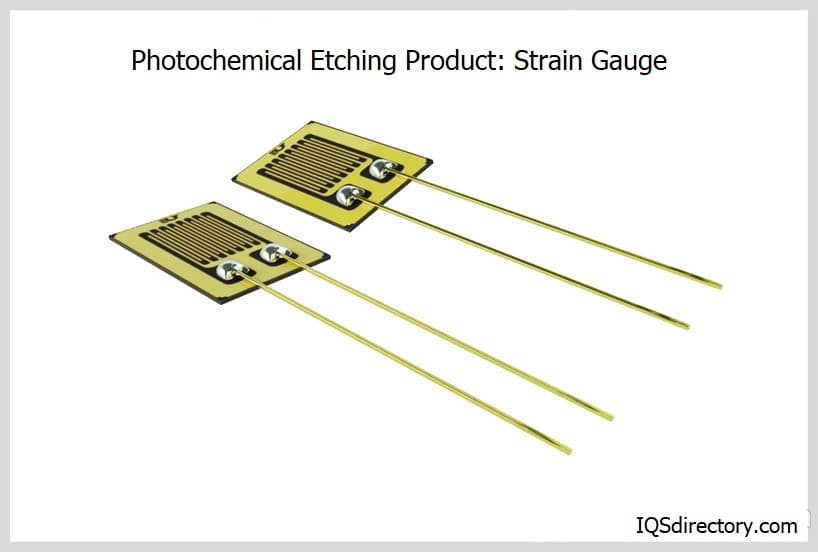
Photochemical Etching Applications and Advantages
The applications and advantages of photochemical etching include:
Applications of Photochemical Etching
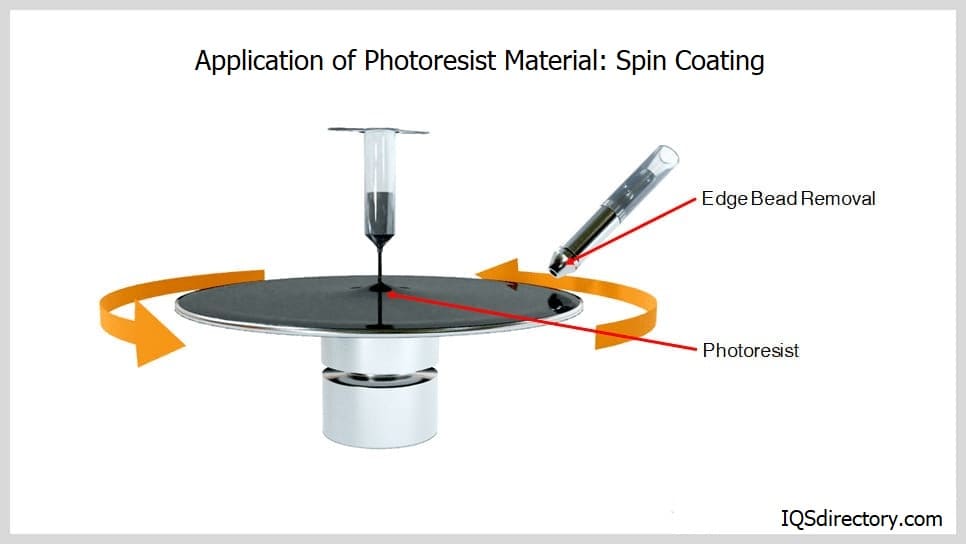
- Aerospace components
- Gaskets and seals
- Fine filters and screens
- Decoration
- Printed circuit boards
- Electronics
- Medical grade materials
- Automotive industry
Advantages of Photochemical Etching
- Reduced production time
- Less costly
- High precision
- Ability to produce small-scale products
Choosing the Right Photochemical Etching Company
To make sure you have the most productive outcome when purchasing Photochemical Etching from a Photochemical Etching Supplier, it is important to compare at least 4 Companies using our Photochemical Etching directory. Each Photochemical Etching Manufacturer has a business profile page that highlights their areas of experience and capabilities and a contact form to directly communicate with the manufacturer for more information or request a quote. Review each Photochemical Etching company website using our patented website previewer to get an idea of what each company specializes in, and then use our simple RFQ form to contact multiple Photochemical Etching companies with the same quote.

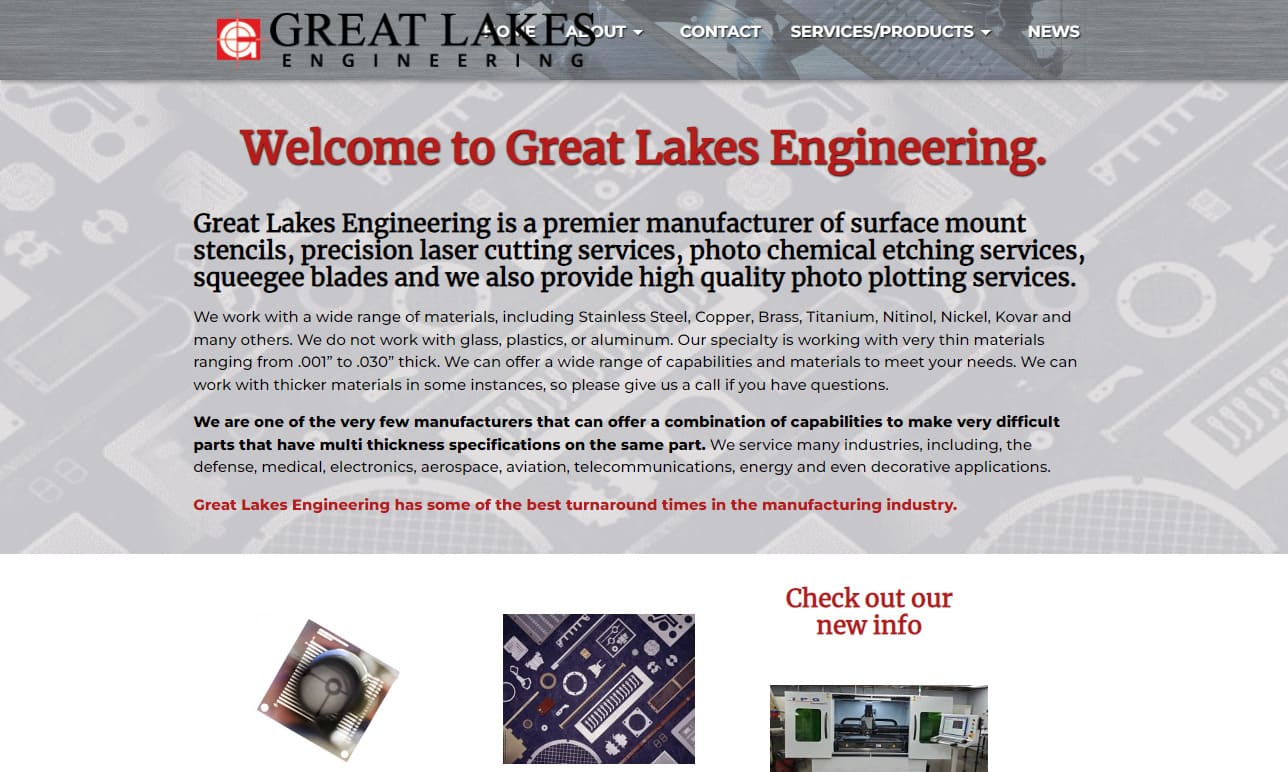
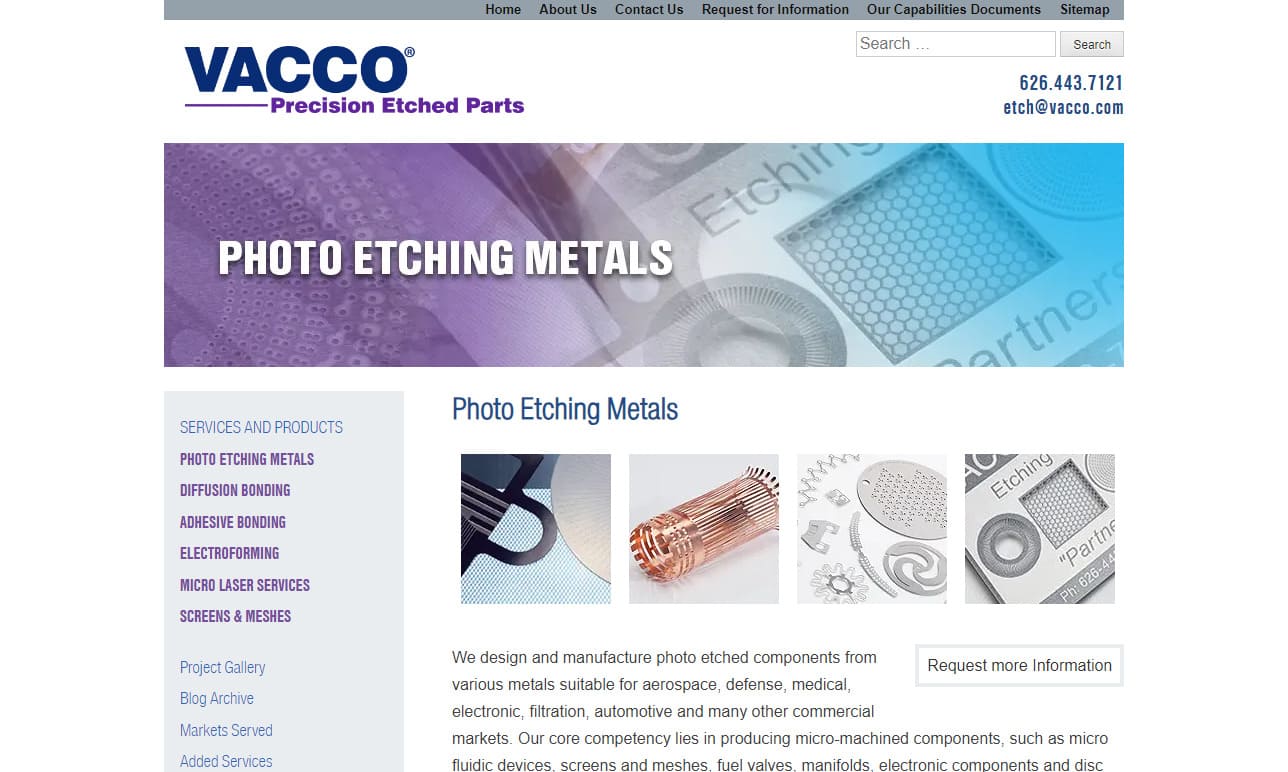

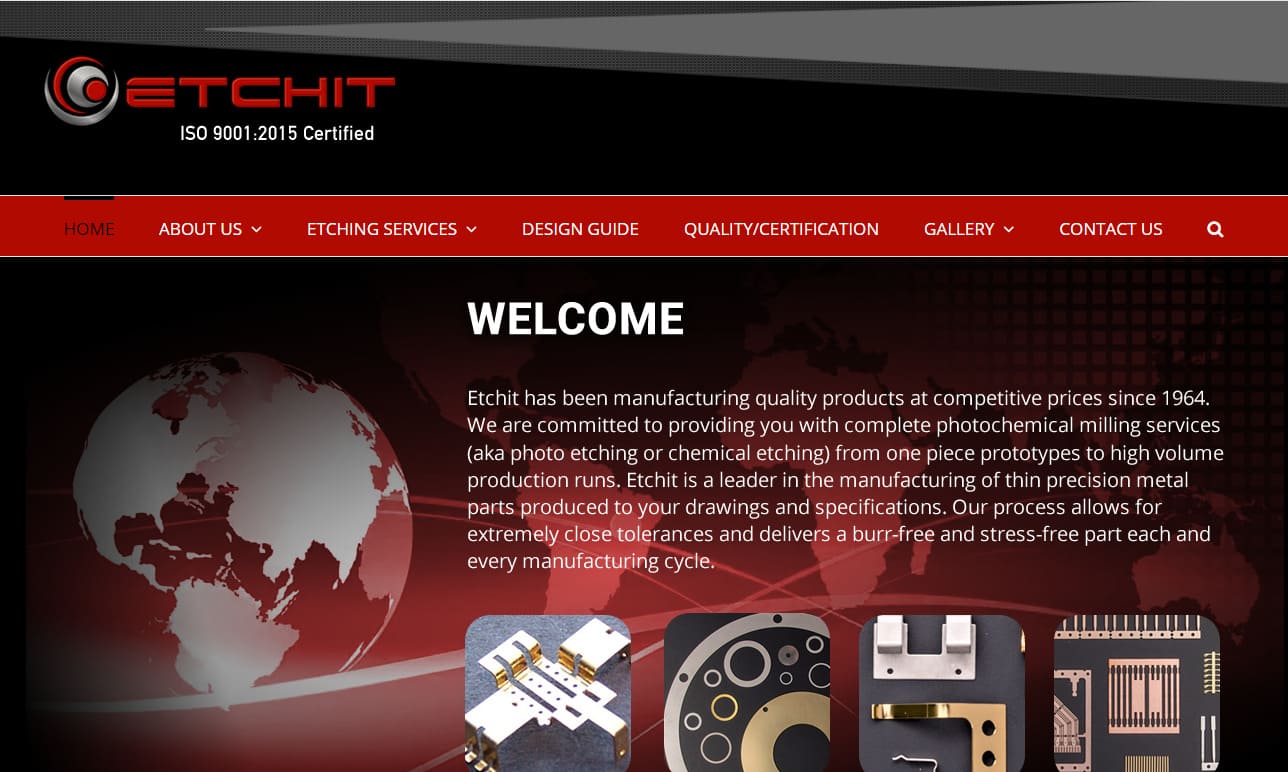
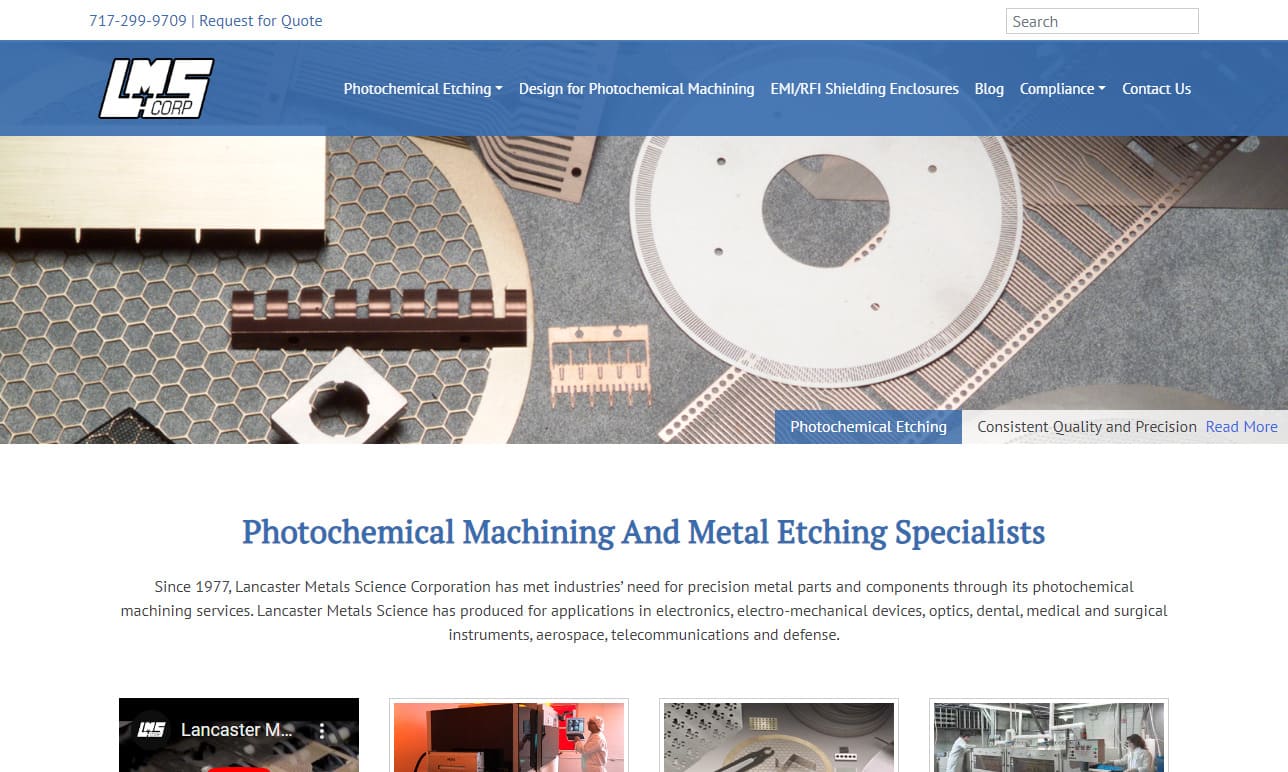
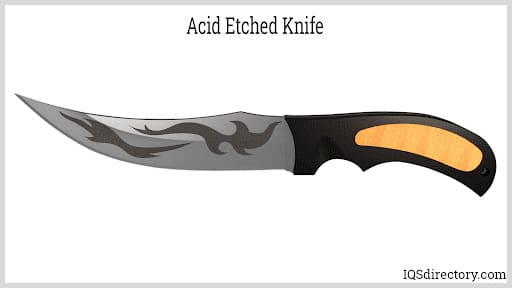
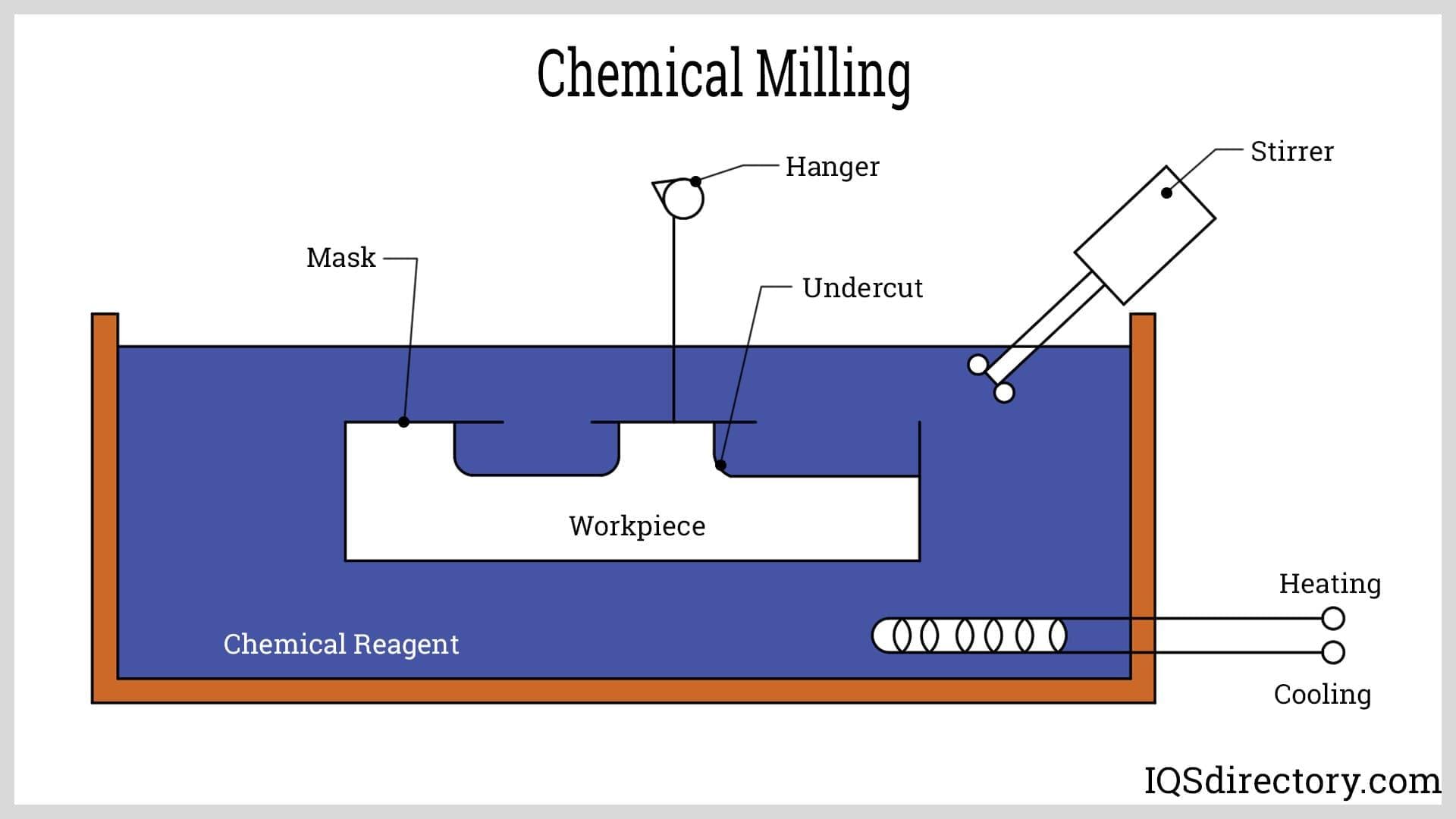
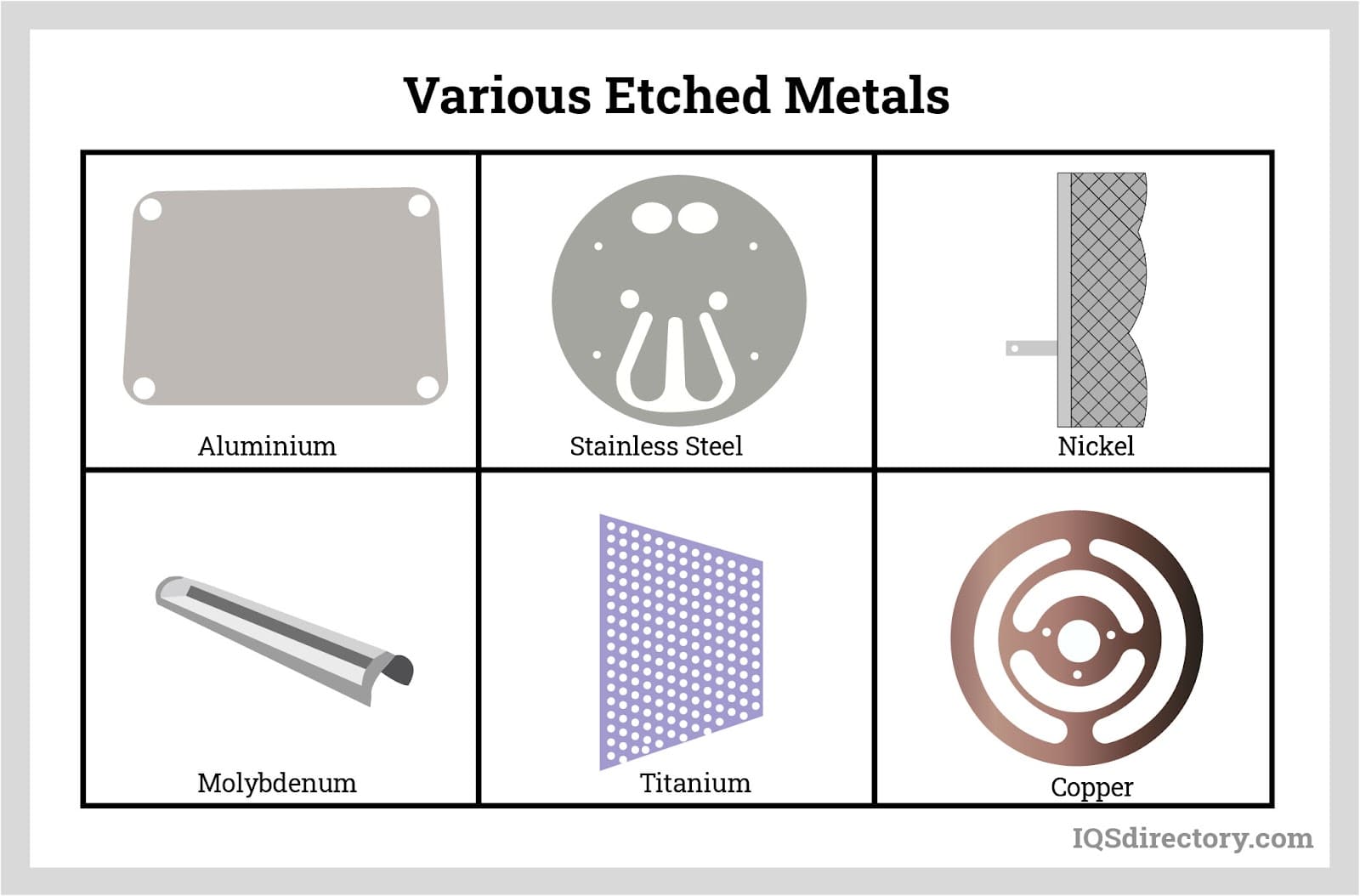

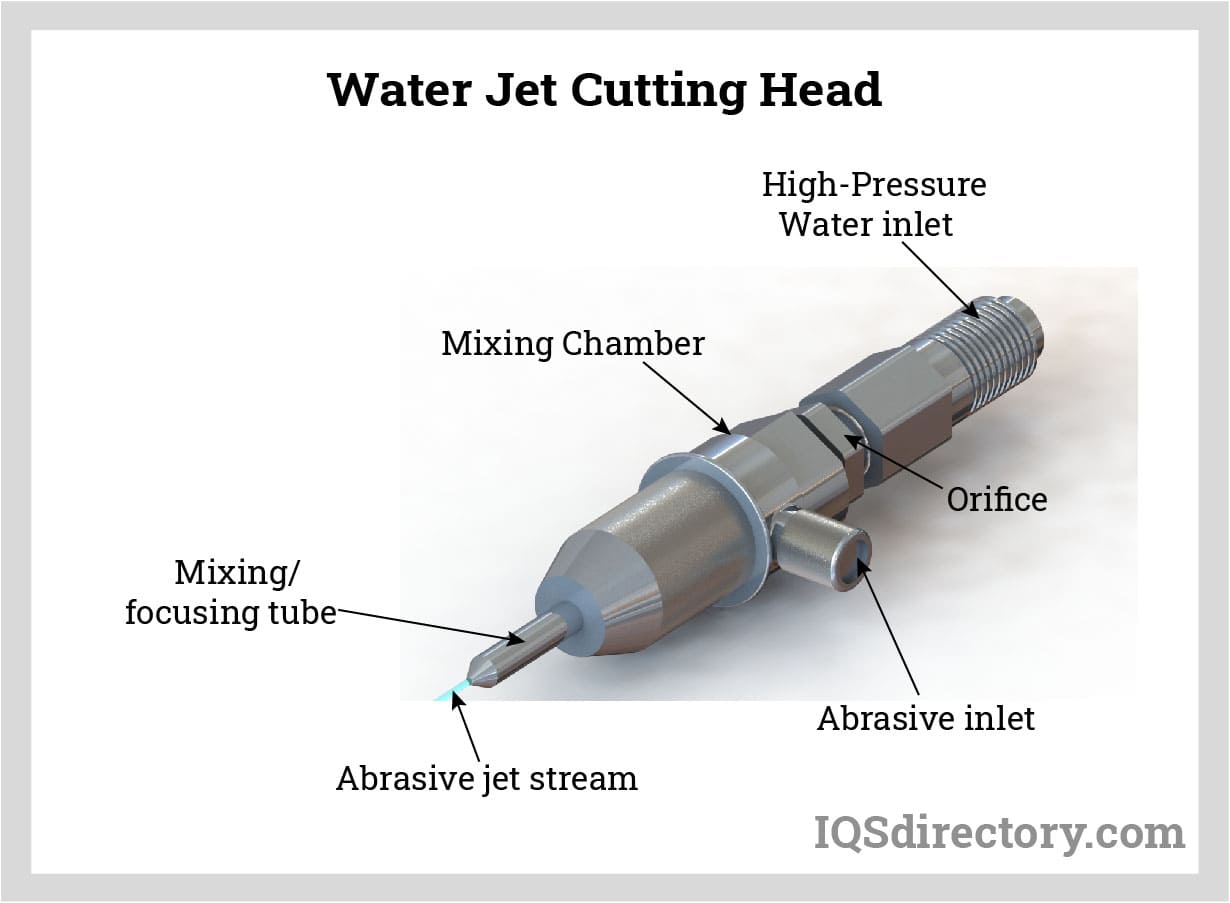
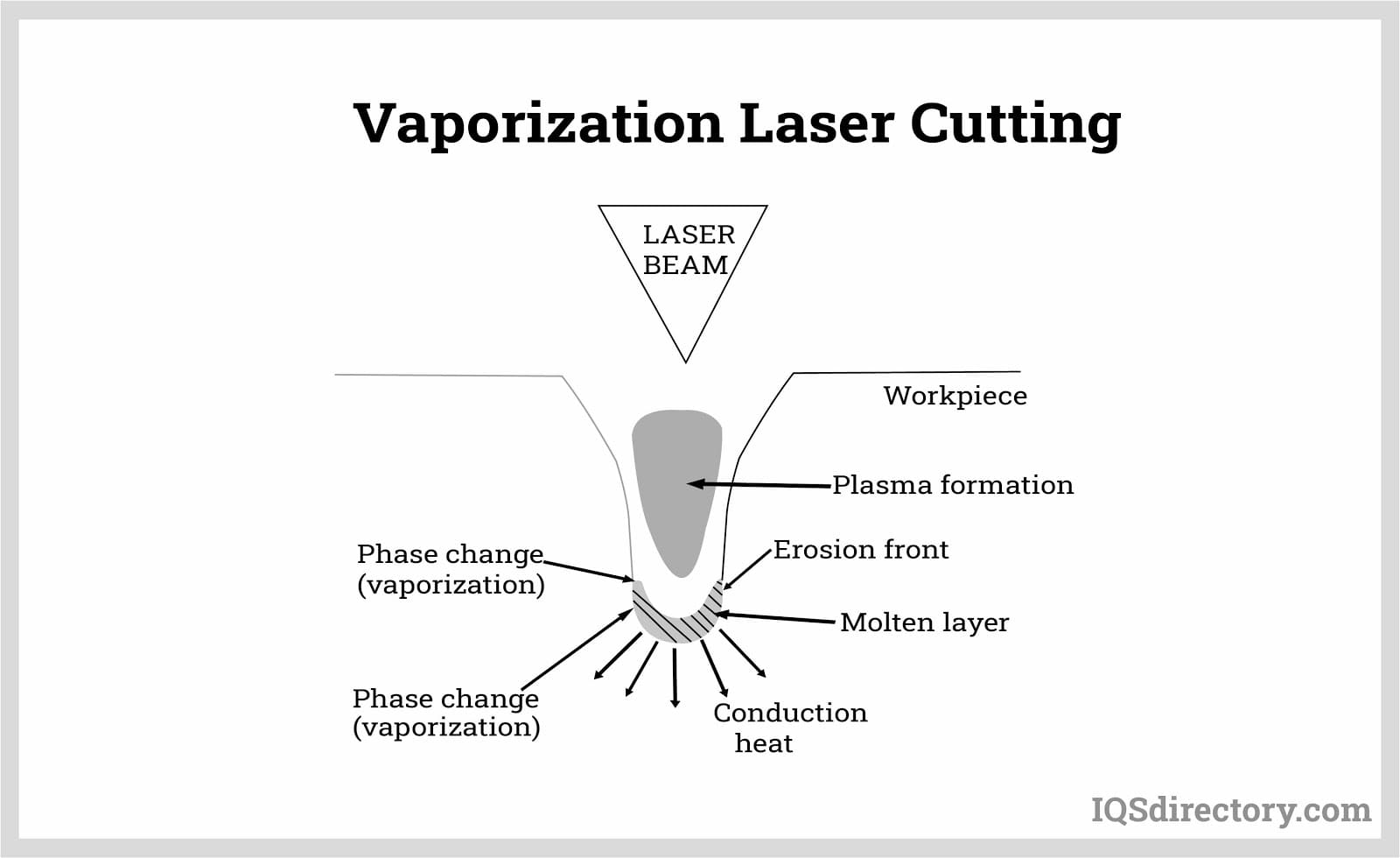
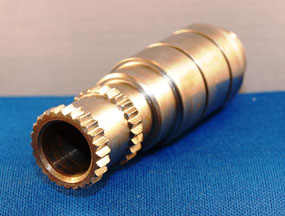 Broaching
Broaching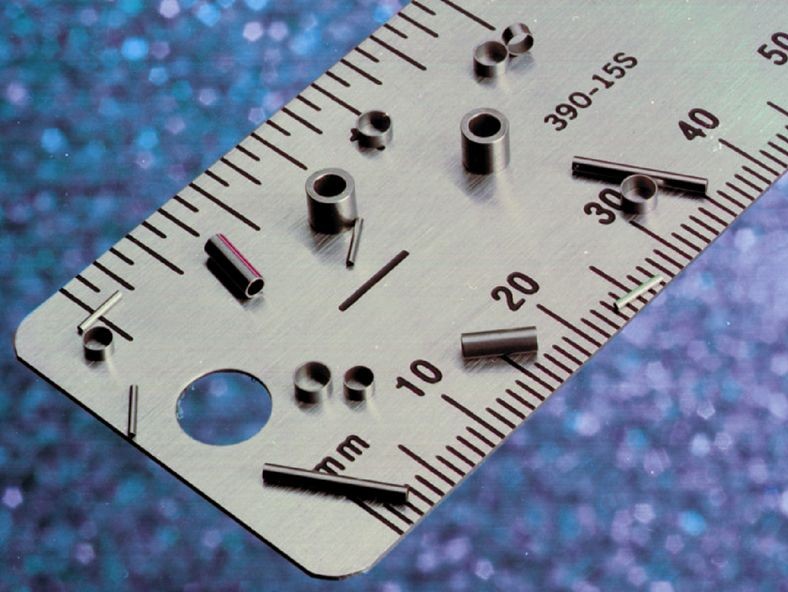 CNC Machining
CNC Machining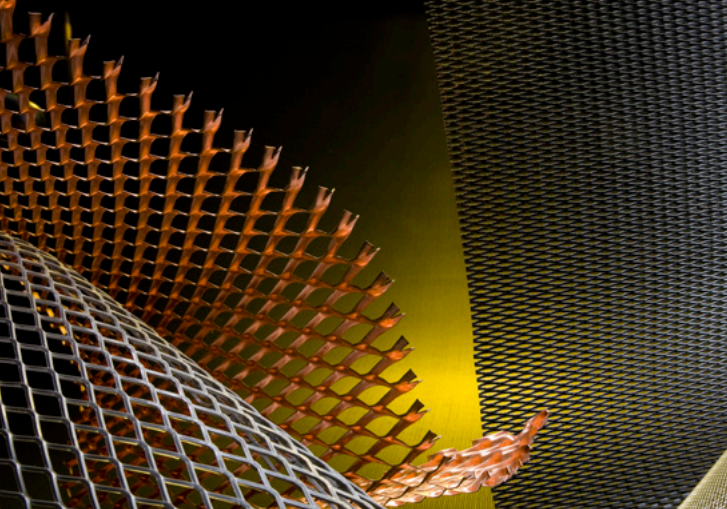 Expanded Metals
Expanded Metals Laser Cutting
Laser Cutting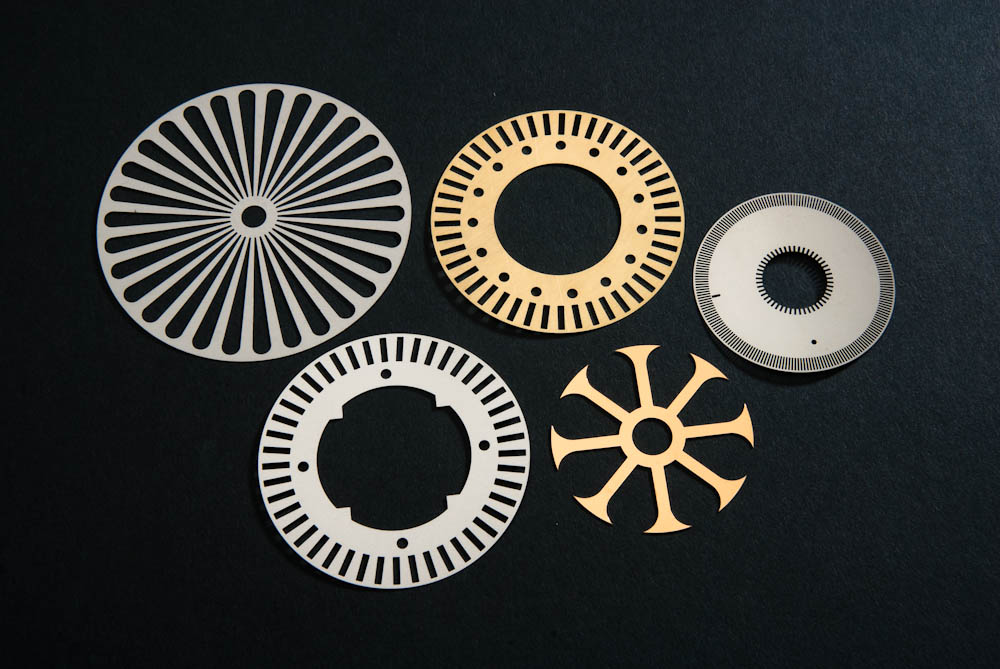 Metal Etching
Metal Etching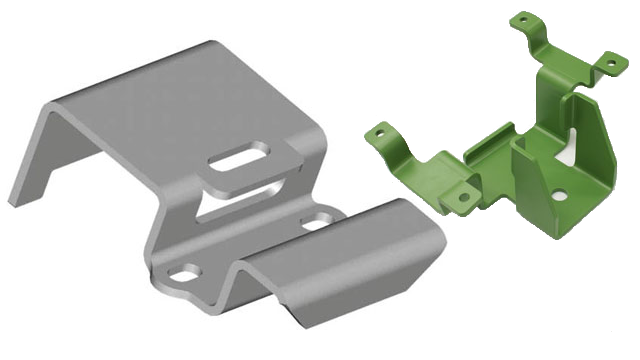 Metal Fabrication
Metal Fabrication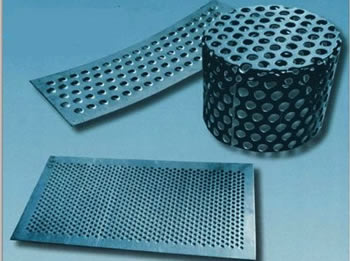 Perforated Metals
Perforated Metals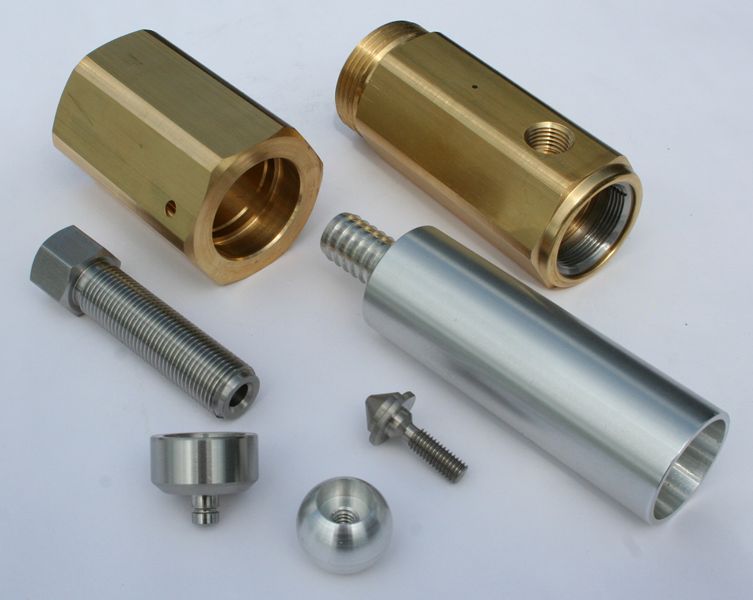 Screw Machine Products
Screw Machine Products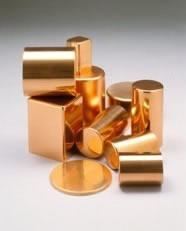 Metal Stampings
Metal Stampings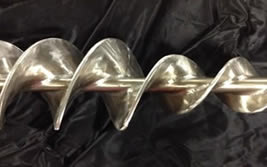 Sheet Metal Fabrication
Sheet Metal Fabrication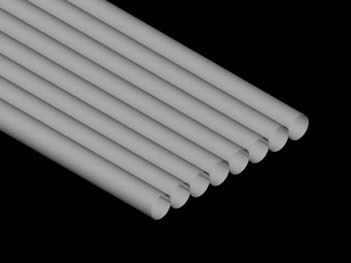 Tube Fabrication
Tube Fabrication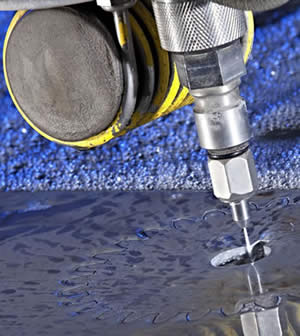 Water Jet Cutting
Water Jet Cutting Castings & Forgings
Castings & Forgings Bulk Material Handling
Bulk Material Handling Electrical & Electronic Components
Electrical & Electronic Components Flow Instrumentation
Flow Instrumentation Hardware
Hardware Material Handling Equipment
Material Handling Equipment Metal Cutting Services
Metal Cutting Services Metal Forming Services
Metal Forming Services Metal Suppliers
Metal Suppliers Motion Control Products
Motion Control Products Plant & Facility Equipment
Plant & Facility Equipment Plant & Facility Supplies
Plant & Facility Supplies Plastic Molding Processes
Plastic Molding Processes Pumps & Valves
Pumps & Valves Recycling Equipment
Recycling Equipment Rubber Products & Services
Rubber Products & Services